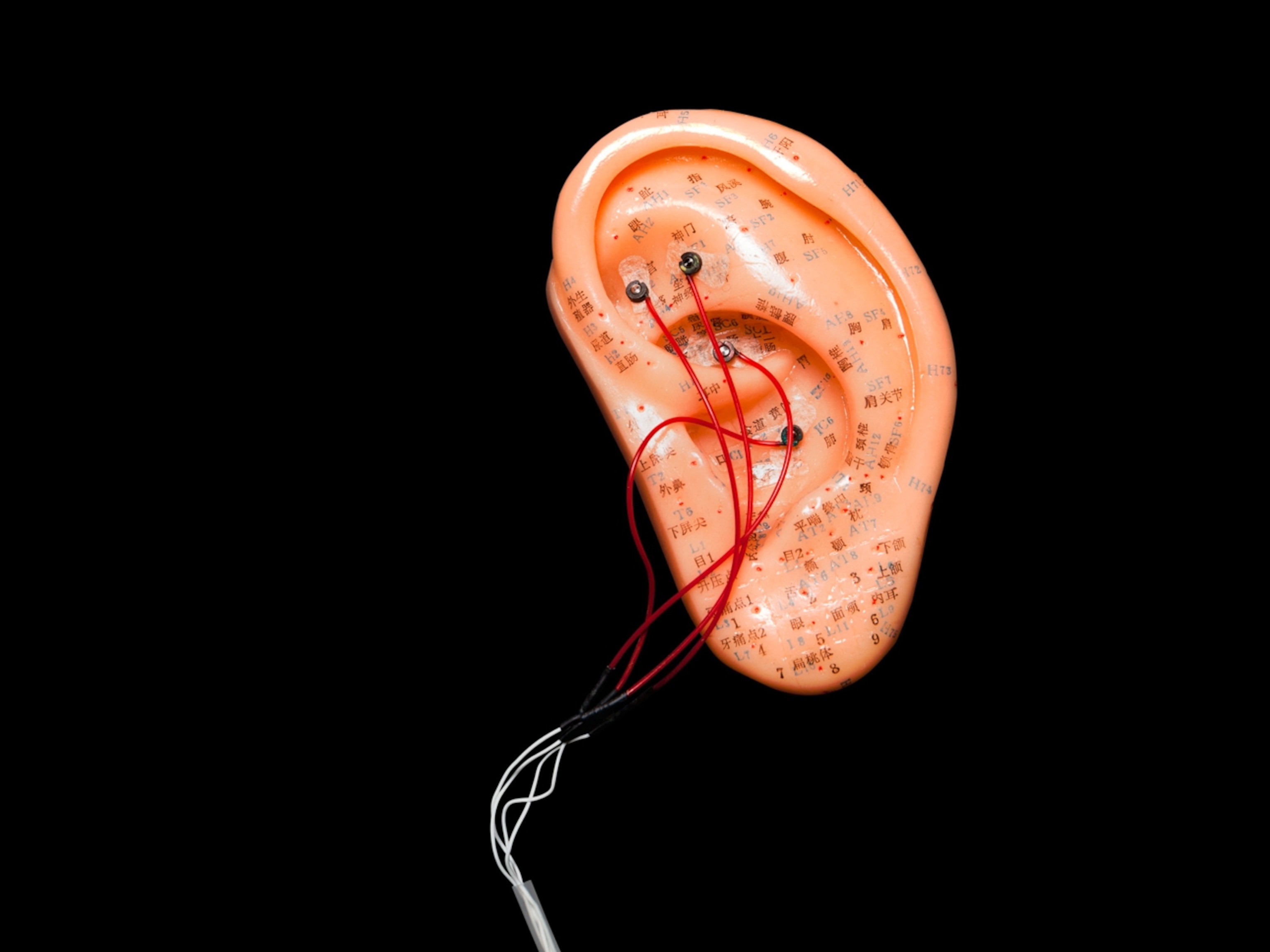
First Picture of an Atom's Shadow—Smallest Ever Photographed
Technique might help turn atoms into vehicles for secret messages.
Scientists have taken the first ever snapshot of an atom's shadow—the smallest ever photographed using visible light. The imaging technique could have big implications for genetic research and cryptography, researchers say.
(Extreme Scientific Imaging: Best of 2011 Named.)
The pioneering shutterbugs used an electrical field to suspend a charged atom, or ion, of the element ytterbium in a vacuum chamber. They then shot a laser beam—about a thousand times wider than the atom—at the ytterbium.
The ytterbium atom absorbed a tiny portion of the light, and the resulting shadow was magnified by a lens attached to a microscope, then recorded via a digital camera sensor.
The team used ytterbium because they knew they could create lasers of the right color to be strongly absorbed by the element.
"Each element responds to different specific wavelengths ... so we would need different laser systems to use this technique on a different atom," said study leader Dave Kielpinski. Atoms, he added, are the smallest things that can be seen in visible light, and though the team's shadow shots are unprecedented, atoms themselves have been photographed before.
Since capturing the unique picture, the team has been refining their technique, creating (as yet unreleased) photos of ytterbium shadows twice as dark as in the above image, said Kielpinski, a physicist at Australia's Griffith University.
The group is also working on increasing the resolution of their images, so that it might one day be possible to see how the electrons orbiting an atom affect the shape of its shadow.
(Related: "Proton Smaller Than Thought—May Rewrite Laws of Physics.")
Atomic Encryption
The shadow-imaging technique could one day enable scientists to study DNA inside living cells by shining a laser at them and observing patterns of light absorption, the researchers say. Current techniques—involving attaching special molecules to DNA—are potentially harmful to cells.
(Also see "Higgs Boson Found? Without 'God Particle,' No Galaxies—And No Life.")
The technology might also one day be harnessed to send information across "quantum cryptography networks," which would use single atoms as data-storage devices and quantum physics to guarantee privacy, Kielpinski said.
"Our work gives a new way to get light to talk to single atoms," he added, "so we can cook up new protocols for these storage nodes."
The atom-shadow research is detailed in the July 3 issue of the journal Nature Communications.




